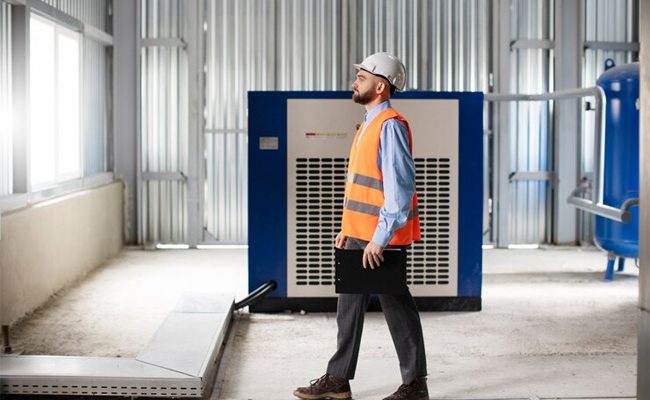
It might be a new build or simply that your old a/c units have seen better days and you are looking for a climate control solution, whatever the reason, there are numerous options when looking at heating, ventilation and air-conditioning. In this short article, we focus our attention on multiple-room a/c systems, rather than single-room units.
Ducted air-conditioning:
The main power unit is installed under the floor or above the ceiling and special ducting is fitted behind the walls that feed conditioned cool air throughout the home. Vents are typically just below the ceiling, where the warmest air resides and the system is hardly visible and as far as whole-house systems go, you couldn’t find a better way to keep your home cool.
Multiple room – single heat pump:
Such a system involves up to 4 interior units that are connected to a single outdoor unit. This is designed for properties that are unsuitable for ducted air-conditioning; a state-of-the-art heat pump is able to power all the internal units and with a mobile app, you can select zones and operate the system.
Multiple room – multiple heat pump:
A system with 2 heat pumps is able to handle up to 6 individual rooms, with a central control panel that allows you to set the temperature for every room or close off some rooms that are not in use. If your property isn’t suited for ducting, and you have at least 4 bedrooms, a multiple heat pump system would make complete sense.
Portable a/c units:
There is no reason why you can’t invest in a couple of portable a/c units that are easy to move around the house. This would be a good idea if you are not planning to stay in the property, as you can take the a/c units with you when you sell up and relocate. The units need to be filled with water, as an atomiser is used to put cool moisture in the air, and they have removable filters that need cleaning frequently. If you are planning to live in a mobile home, here are a few tips about electricity cost.
Double unit compressors:
A heavy duty double compressor/heat pump unit can provide cool air to 6-8 large rooms, each room having an interior unit. Ideal for a large property, the system can be centrally controlled by a single interface, which is super-convenient. The latest generation of double unit compressor systems are very energy efficient and can hold their own with any other climate control system. The system would use much less energy than separate split-level units and is ideal for zoning areas of the house.
Split level air conditioning:
This is where a single compressor unit delivers cool air to a single indoor unit and some NZ homeowners have 3-4 split level units installed, which does use more energy than a multiple room system. This is typically a case of installing one a/c unit and a few years later, adding another and so on until all bedrooms have a separate unit, as well as the living and dining rooms.
Wall, floor or ceiling mounted:
A range of choices allows you to blend the vents into the decor and your climate control works silently in the background, keeping your home cool in those hot summer days. Compact cassette is a ceiling-mounted vent with adjustable louvres that quietly delivers cool air to the top of the room, where the air is warmer. This ensures a good airflow and most offices use compact cassette vents for this very reason.
Choosing A Brand / Supplier
Of course, there are many a/c manufacturers; we advise you to choose a well-known brand that is tried and trusted – heavy duty ensures longevity – energy efficiency is vital. Choose an established supplier that offers a full warranty and the same firm can handle the service calls, which are essential if the system is to perform as it should.
Invite The Supplier To Inspect Your Home
This is the smart way to design climate control; the engineer can work out the best locations for both interior and exterior units, then after a few choices, he can quote for the project. Having the system designed to blend in with the property ensures your climate control is not a major visual feature.
New Build
Ducted a/c would be ideal for a new build, as the duct channels can be created as the walls are built and when the house is finished, your climate control is built into the framework. If you talk to the a/c supplier when you are still at the planning stage, the ducting can be added to the drawings and the installation is seamless.
Solar panels are becoming the go-to source of clean and renewable energy for NZ homeowners and with government incentives, now might be a good time to invest in solar energy to power your a/c system. Talk to a local solar panel supplier about getting a quote to take your home off the national grid and switch to clean and renewable energy. Why be part of the problem when you can be part of the solution and be free from the energy price hikes we see on a regular basis?
Leave a Reply